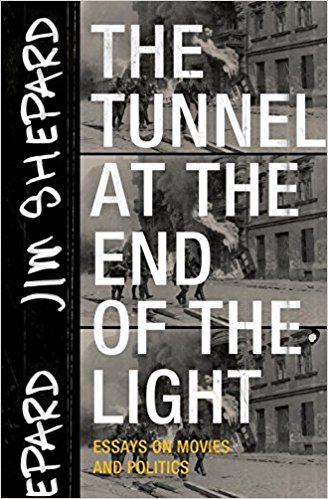Last Week/This Week: Shitstorms, Race, and Slime
by Ashley Bales
We’ve made it to another week without being blown into the ocean or blasted into a radiated hell-scape, though philosopher Byung-Chul Han thinks our values are being swallowed up in a social media “shitstorm.” Adrian Nathan West’s piece in the LARB reminded me to finish Han’s treatise, In the Swarm, a critique of the effects of the digital age on our lives, sociality and power structures. It has me glad my foundational worldview is biological not philosophical. How depressing to always be thinking about the degradation of humanistic values, much better to reject the concept of humanistic values all together. Ok, ok, our value systems are ecologically and evolutionarily embedded. They will not get sucked into Han’s “shitstorm” and go poof as easily as our disintegrating civil liberties. I didn’t say there weren’t consequences, but our humanity isn’t at stake. I had an up-side when I started this paragraph: grateful to be slaving away at self-production, about to pour over Han’s book.
In other depressing, internet-related news: Amazon ‘pays 11 times less corporation tax than traditional booksellers.’
Toni Morrison discusses her career-long exploration of writing race without color as a means to “…defang racism, annihilate and discredit the routine, easy, available color fetish, which is reminiscent of slavery itself;” Thrity Umrigar is pressured to write only characters belonging to her race; and Mountainview Alumna Nadia Owusu explores the complexity of blackness and her experience as the lighter skinned black girl at her boarding school. Owusu writes: “I used to look to literature to help me understand how to exist in an often racist world. I sought to understand the unjust rules, and admittedly, how to make them bend in my favor. Now, I read to understand how to reject them, how to rewrite them.”
This week on the blog, Phil Lemos compares writing a novel to managing a warehouse, a new poem by Curtis Graham, and Daniel Johnson considers the sensory ecstasy of Instagram slime videos.
Ashley Bales is a current student of Southern New Hampshire University's MFA in Fiction and Nonfiction. She holds a Ph.D. in Biological Anthropology, teaches in the Math and Science Department at Pratt Institute and is web editor for Assignment Magazine.




































